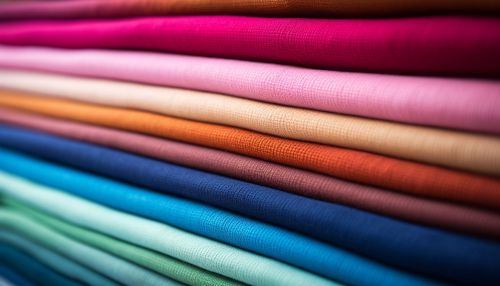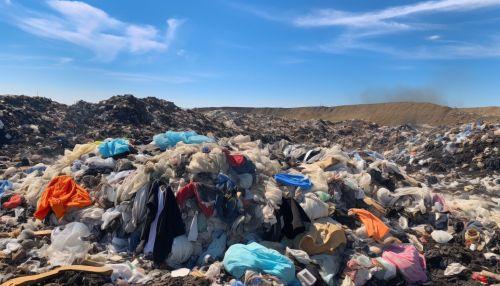Environmental Impact of the Fashion Industry
Introduction
The fashion industry, a multi-billion dollar global enterprise devoted to the business of making and selling clothes, is one of the most important sectors in the complex web of global manufacturing, trade, and consumption. However, it is also a significant contributor to environmental damage, both through its resource use and its waste products. This article will explore the environmental impact of the fashion industry in detail, examining the various ways in which the industry contributes to environmental degradation and pollution, and discussing potential solutions and strategies for reducing this impact.


Resource Use in the Fashion Industry
The fashion industry is resource-intensive, consuming large quantities of water, energy, and raw materials in the production of clothing. The cotton industry, for example, is one of the largest consumers of water in the world, with approximately 20,000 liters of water required to produce just one kilogram of cotton. This has significant implications for water scarcity, particularly in regions where cotton is grown, such as India and Central Asia.


In addition to water, the fashion industry also consumes significant amounts of energy, particularly in the production and transportation of clothing. The production of synthetic fibers such as polyester and nylon, which are commonly used in clothing, is particularly energy-intensive. These fibers are made from petroleum, a non-renewable resource, and their production involves a complex chemical process that requires large amounts of energy.


Pollution and Waste in the Fashion Industry
The fashion industry is a major source of pollution, both through the production of clothing and through its waste products. The dyeing and finishing processes used in the production of clothing involve the use of a wide range of chemicals, many of which are toxic and harmful to the environment. These chemicals often end up in water bodies, causing water pollution and harming aquatic life.


In addition to pollution, the fashion industry also generates a significant amount of waste. According to the Environmental Protection Agency (EPA), the average American throws away approximately 70 pounds of clothing and other textiles each year. This waste often ends up in landfills, where it can take hundreds of years to decompose, contributing to soil pollution and greenhouse gas emissions.


The Carbon Footprint of the Fashion Industry
The fashion industry is a significant contributor to global greenhouse gas emissions, which are a major cause of climate change. According to a report by the United Nations Environment Programme (UNEP), the fashion industry is responsible for 10% of annual global carbon emissions, more than all international flights and maritime shipping combined.


Strategies for Reducing the Environmental Impact of the Fashion Industry
There are several strategies that can be employed to reduce the environmental impact of the fashion industry. These include the use of more sustainable materials, the implementation of more efficient manufacturing processes, the promotion of recycling and reuse, and the adoption of more sustainable consumption patterns.


Conclusion
The environmental impact of the fashion industry is significant and multifaceted, involving resource use, pollution, waste, and carbon emissions. However, there are also many opportunities for improvement, and a growing number of fashion companies are recognizing the need for more sustainable practices. By understanding the environmental impact of the fashion industry, we can make more informed choices about the clothes we buy and wear, and contribute to a more sustainable future.
